Building Chatbots: Everything you need to know
Chatbots continue to receive a lot of hype in 2017, with companies including Facebook, Google, Microsoft and many others investing heavily in the technology. Smart Insights have covered how Pizza Express have built a chatbot. This brief guide explores some of key things to consider when building and launching your first chatbot.
Understand your audience
Before you start building anything it is essential to fully understand who will be using your chatbot, and what you already know about them. Facebook Insights and other analytical tools may provide some useful information.
Personas are frequently used when building websites to address specific audience groups, and may also be helpful when creating chatbots.

Set the right tone
The conversational nature of chatbots makes getting your tone of voice right critical. Tone of voice will vary according to the nature of your business. For example, a chatbot promoting the local music scene may be fairly relaxed and include the greeting:

However, a chatbot for an airline that allows you to check your flight details would be more professional in tone.
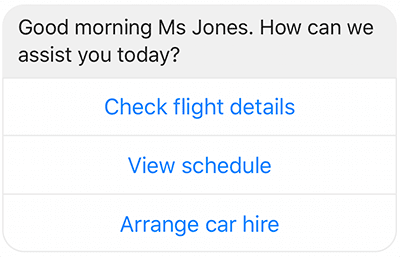
Creating a short tone of voice document may also be helpful, particularly if content is being updated by different members of a team.
Your tone of voice document will help define the personality and conversational style of your chatbot, and deliver a more coherent brand experience.
Define your goals
Just as you would when building a website or managing a social media channel you must have a clear understanding of what you want the chatbot to deliver. You may have multiple goals so it is always a good idea to list these and use as the basis for development. Some of these might include:
- Provide out of hours customer support.
- Offer quick answers to common queries.
- Act as a digital brand ambassador.
- Promote your business with special offers.
Plan your user journeys
As chatbot development includes branching navigation and conversational AI it is strongly recommended that you map out some typical paths through to content.
There are different methods of achieving this ranging from applications such as Visio, simple Word documents through to sketching on notepads and using sticky notes.
This approach will give you a strong framework for your chatbot, help avoid confusion and speed up development.
How much freedom?
It is vital to determine how much freedom you are going to offer your users. Many chatbots use an on-rails series of questions to limit the potential for errors or misunderstanding.

Whereas other chatbots provide space for open ended questions, and use AI and natural language processing to provide answers. This obviously carries slightly more risk, but may provide a more comfortable and immersive user experience.

A hybrid approach of offering set button responses with the option to ask additional follow-up questions is advisable. This helps you to provide clear routes through to common tasks, whilst giving your visitors some level of personal freedom.
Content is still king
Although the combination of AI, natural language processing and new technology makes it easy to get swept along, your chatbot will live and die by the quality and relevance of your content. As with web and social media content asking these five simple questions will help you to stay focused.
- Who. Who are your audience? What do you know about them?
- What. What do you want them to be able to do? What tasks can be accomplished with the chatbot?
- Where. Geographical location is important. As chatbots reach a global audience always consider any cultural and localisation issues.
- When. If your chatbot is providing out of hours customer service, can your audience still contact you by other means? Eg automated phone lines, online forms, etc.
- Why. Arguably the most important question. Why are you building a chatbot? Is it relevant for your audience? Will be it be used?
Human or machine?
Using a chatbot involves a level of intimacy that is usually associated with a human conversation, and so this needs to be carefully considered.
It is recommended you make it clear to your users from the outset that they are interacting with a machine, as this helps manage expectations, boosts transparency and avoids any sense of creepiness.
Chatbots can sometimes expect to receive some unexpected emotional responses, so it is advisable to have some content blocks ready for statements such as ‘I like you’.

The anonymity of chatbots can be particularly effective for applications such as counselling or self-help, as an individual may feel less inhibited having a conversation with a machine than a face-to-face discussion.
Leverage functionality
Chatbots can currently deliver multiple types of content including:
- Photo galleries
- Video content
- Recent blog posts and news updates
- Product catalogues
- Integration with web services via APIs
- Simple data capture for lead generation
Expect to see more functionality being added on a continual basis, as Facebook and other platforms follow patterns seen in China and South Korea where WeChat and Tencent are consolidating different tasks within a single interface, eg banking, e-commerce, wellness, etc.
Never misuse data
To help build trust with your audience it is acceptable to use data to address them by their first name.

However, it would be inappropriate and arguably invasive to display elements such as a profile photo of the user or their friends within the chatbot.
If you are using the chatbot to capture data, you must be clear about how this data is being used, and explicitly state if it is being shared with any third-parties. As an additional safeguard you may also consider providing a link to your privacy notice containing appropriate clauses.
An alternative to this would be to link out to an online form on your website.
Exercise caution
Although chatbots are fairly informal in nature you should always be careful not to provide advice and information that could result in legal challenges. Here are two examples:
- Financial services chatbot. It should be made very clear that any figures provided are illustrative and do not constitute a formal offer.
- Medical advice chatbot. Although the chatbot may be able to assess basic symptoms and give general support, there should always be a clear hand off point to a medical professional for a proper diagnosis.
Make the data work for you
Chatbots provide very detailed analytics and user data. This includes simple demographics, number of queries made, visitor flow and user retention. Careful study of this data and user behaviour will then help you identify gaps, and iterate accordingly.
Don’t be too ambitious
It is a sensible idea to start small and scale upwards. Be careful to avoid feature creep, and overcomplicate the chatbot. As the vast majority of your audience will be using it on mobile devices with limited screen space keep things as simple as possible. Less really is more.
Humour can help
Successful chatbots sometimes use subtle humour and a light tone to help establish a rapport with the audience, and reduce frustration when things don’t fully work as expected.
However, context is everything and whilst a light approach might work well for a fashion or lifestyle brand, a more sober tone would be appropriate for a financial, legal or medical advice chatbot.
It is worth considering though that some humour doesn’t always translate for a global audience, so use with care!
Fail gracefully (or at least charmingly)
As chatbots are still in their infancy there are bound to be some technical issues. You can mitigate some of this risk by providing helpful ‘error’ messages with clear routes to speak to a human representative.

Testing matters
This may seem obvious but bears repeating. AI can behave unpredictably and so it is vital to test your chatbot against as many scenarios as possible. Likewise having a testing plan using different devices and desktop machines is strongly advised.
Finding bugs and quirks is a normal stage of chatbot development, and will help you to deliver a better and more robust experience.
Stay updated
Regular content updates are essential and if anything even more critical than your website. If a visitor is seeking your contact details urgently, the last thing they would expect is for any information to be outdated or be taken to a dead link.
Promote your chatbot
Once everything is up and running promote your chatbot using your website and social media channels.
Facebook Messenger bots have a simple URL structure, eg https://m.me/techcrunch or Messenger codes that are similar to QR codes can be scanned using the Messenger App.

Finally, you can submit your chatbot to a directory such as botlist to raise awareness and improve your reach.

TThanks to
Richard Ashby for sharing their advice and opinions in this post. Richard is Founder of
Dotkumo You can follow him on
Twitter or connect on
LinkedIn.
from Blog – Smart Insights
http://www.smartinsights.com/user-experience/building-chatbots-everything-need-know/
via Tumblr http://euro3plast-fr.tumblr.com/post/160078191694
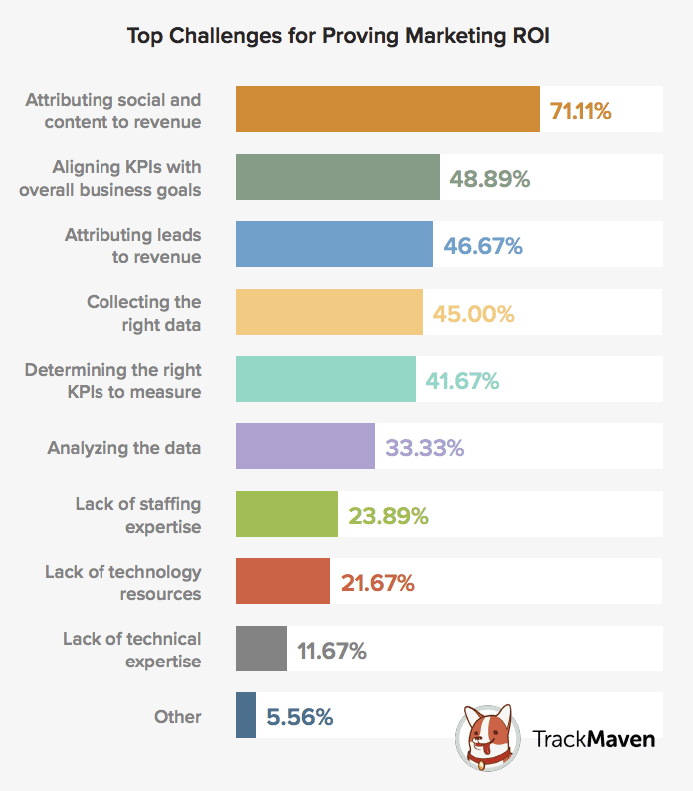
 Lead nurture is often visually depicted as a funnel, but it’s really more accurate to see it as a watering can - it allows your audience to branch out and choose their own journey through your pre-planned automated campaigns. In the same way dynamic content will change an email based static fields in your database or CSV upload, a nurture campaign will segment your audience based on their interaction with the your communications, automatically sending them in different directions based on their interests.
Lead nurture is often visually depicted as a funnel, but it’s really more accurate to see it as a watering can - it allows your audience to branch out and choose their own journey through your pre-planned automated campaigns. In the same way dynamic content will change an email based static fields in your database or CSV upload, a nurture campaign will segment your audience based on their interaction with the your communications, automatically sending them in different directions based on their interests. Thanks to Steve McConnel for sharing his advice and opinions in this post. Steve is a Marketing Specialist at Reed Business information, helping clients to plan and deliver automated campaigns, as well as blogging and copywriting. You can connect with him on
Thanks to Steve McConnel for sharing his advice and opinions in this post. Steve is a Marketing Specialist at Reed Business information, helping clients to plan and deliver automated campaigns, as well as blogging and copywriting. You can connect with him on 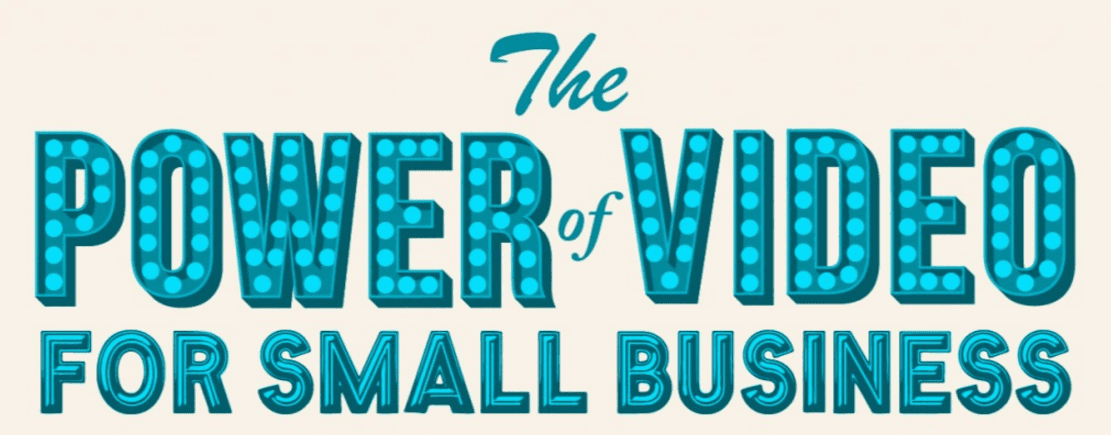
 Thanks to Mark for sharing their advice and opinions in this post. Mark Hall is an eCommerce Expert, Conversion Rate Optimizer, Voice of Customer (VOC) Researcher and Concert Band Geek. Having consulted for over 20 years with a wide range of clients including AT&T, American Express, Edmunds, SpyTec and the California Lottery, he knows which marketing strategies and tactics will best boost companies’ conversion rates and revenues.
Thanks to Mark for sharing their advice and opinions in this post. Mark Hall is an eCommerce Expert, Conversion Rate Optimizer, Voice of Customer (VOC) Researcher and Concert Band Geek. Having consulted for over 20 years with a wide range of clients including AT&T, American Express, Edmunds, SpyTec and the California Lottery, he knows which marketing strategies and tactics will best boost companies’ conversion rates and revenues.










 TThanks to
TThanks to 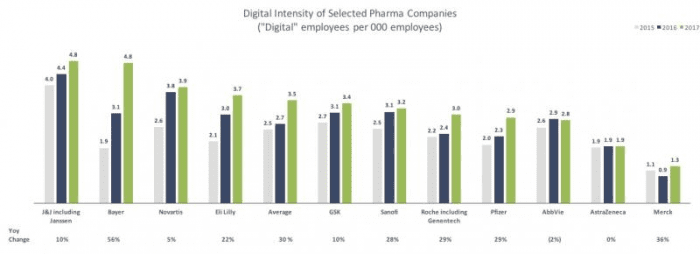
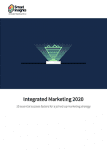



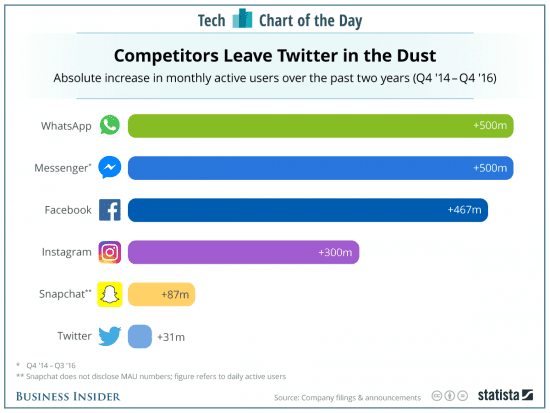
 Thanks to Tony for sharing his advice and opinions in this post.
Thanks to Tony for sharing his advice and opinions in this post.